How Running in Bad Weather Can Be Bad Ass!
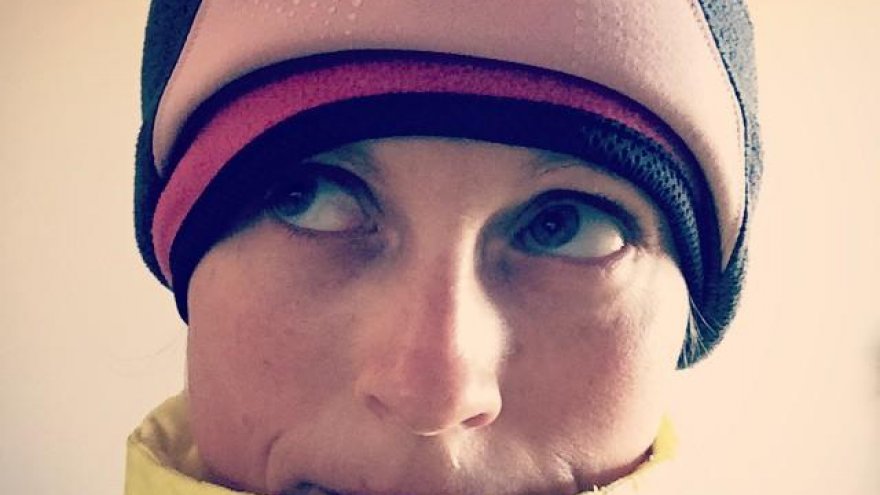
I honestly do not know what I would do without my Weather Channel app. As a runner, I am constantly checking the weather; what’s the temp at 6am vs. 7am? When is the least windy part of the day? Is the rain moving through overnight or will it be raining when I get up? You get the picture, and unless you live in San Diego, weather is a big factor in your running plans!
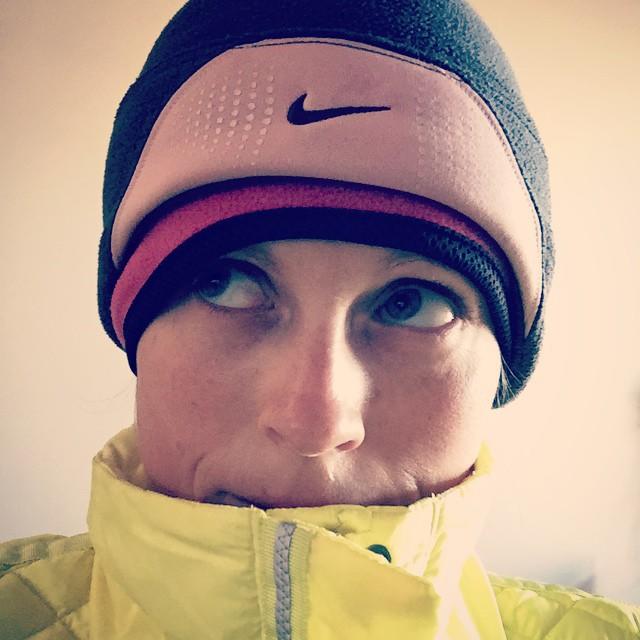
While you have some level of control when you’re training – you can run before the rain, take it to the treadmill, make your long run on Friday instead of Saturday, etc. – you have no control over what happens on race day. The entire point of training is to be prepared for the race, so why would weather be any different? When you train in anything, you’re ready for anything race day throws your way!

Here are some big weather curve-balls and a few tips on how to handle them!
Rain
Layer right , Layer light
Dress as if it’s 10-15 degrees warmer. Over dressing for a rainy run will only weigh you down and extra wet clothes will not keep you warmer. If it’s colder (upper30s-40s) or windy consider a windproof jacket/shell.
Your base layer is the most important here. Above all, do not wear cotton! Cotton will soak up every drop of water, becoming heavy, baggy, and keeping that water on your body. You want something close to the skin and made of wicking material. Once your skin is wet (whether from rain, sweat or both) a good wicking material will pull that moisture away from your body.
If it’s any warmer than upper 50s the rain can feel good and you may find a base tank or tee is all you need. For low 50s consider arm sleeves or a long sleeve wicking top. The key here is you can remove these layers if you warm up. Arm sleeves can be rolled down and a long sleeve top can be tied around the waist.
Vaseline/Body Glide
Clothing and wet skin are a recipe for chafing. By wearing tight layers you have a leg up; less fabric, less rubbing. Play it safe by liberally applying your go-to anti-chafing product anywhere your clothes touch. Sports bra line, thighs, bicep/side body and most importantly your feet.
Start Dry (racing in the rain)
If you’re racing in the rain you’ll likely be standing at the start corral for anywhere from 15 minutes to an hour before you actually get to run. Staying warm and dry is a priority and will keep your muscles from tensing up. If you can change socks shortly before the gun goes off, do that. If not, tying bags around your feet is a great option. Wear a trash bag or poncho to the start line. You will not be the only one, trust me!
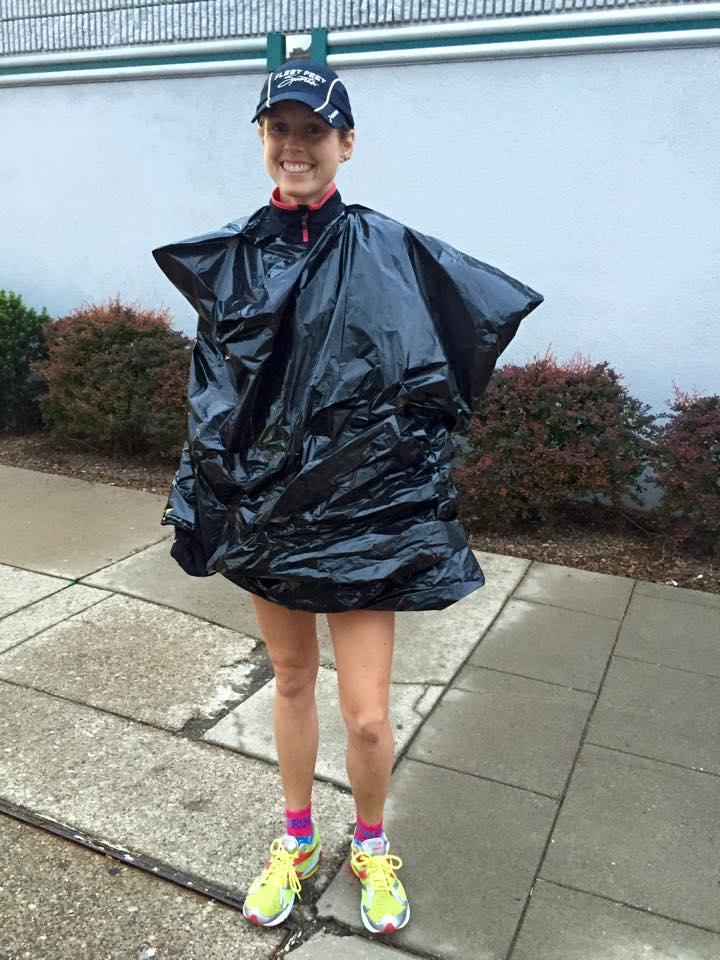
Cold/Snow
Layer at the Base
Just like layering for the rain, dress like it’s warmer than it is. You should feel cool – which isn’t fun in the winter! – but within 10 minutes you’ll have warmed up. Your base layer is most important as you want a warm core and will likely sweat a little so wicking is still super important. If the moisture isn’t pulled away from your skin you will start to get cold.
Yishane Lee writes a great temperature guide for Runnner’s World:
“30 degrees: 2 tops, 1 bottom. Long-sleeve base layer and a vest keep your core warm. Tights (or shorts, for polar bears).
10 to 20 degrees: 2 tops, 2 bottoms. A jacket over your base layer, and wind pants over the tights.
0 to 10 degrees: 3 tops, 2 bottoms. Two tops (fleece for the cold-prone) and a jacket. Windbrief for the fellas.
Minus 10 to 0 degrees: 3 tops, 2 bottoms, extra pair of mittens, 1 scarf wrapped around mouth or a balaclava.” (Runnersworld.com)
Be Visible
There are few hours of daylight in the winter, and we often get to the office and leave the office in the dark which means the majority of your runs are in moonlight only. Oddly enough, a lot of cold-weather workout gear is black, keep this in mind when you shop and go for brighter colors, but if that’s not your style, make sure there is some type of reflective aspect on your clothing. There are also tons of wearable light options, a good pick, is the Runner’s goal Chest Light which can be strapped over whatever you’re wearing.
If you run with music, take one earpiece out (I simply tuck it into my shirt) or consider not listening to anything at all. Assume cars do not see you, so be proactive and aware of your surroundings. Being able to hear a car coming through an alley, or a bike approaching from behind can save you from an accident.
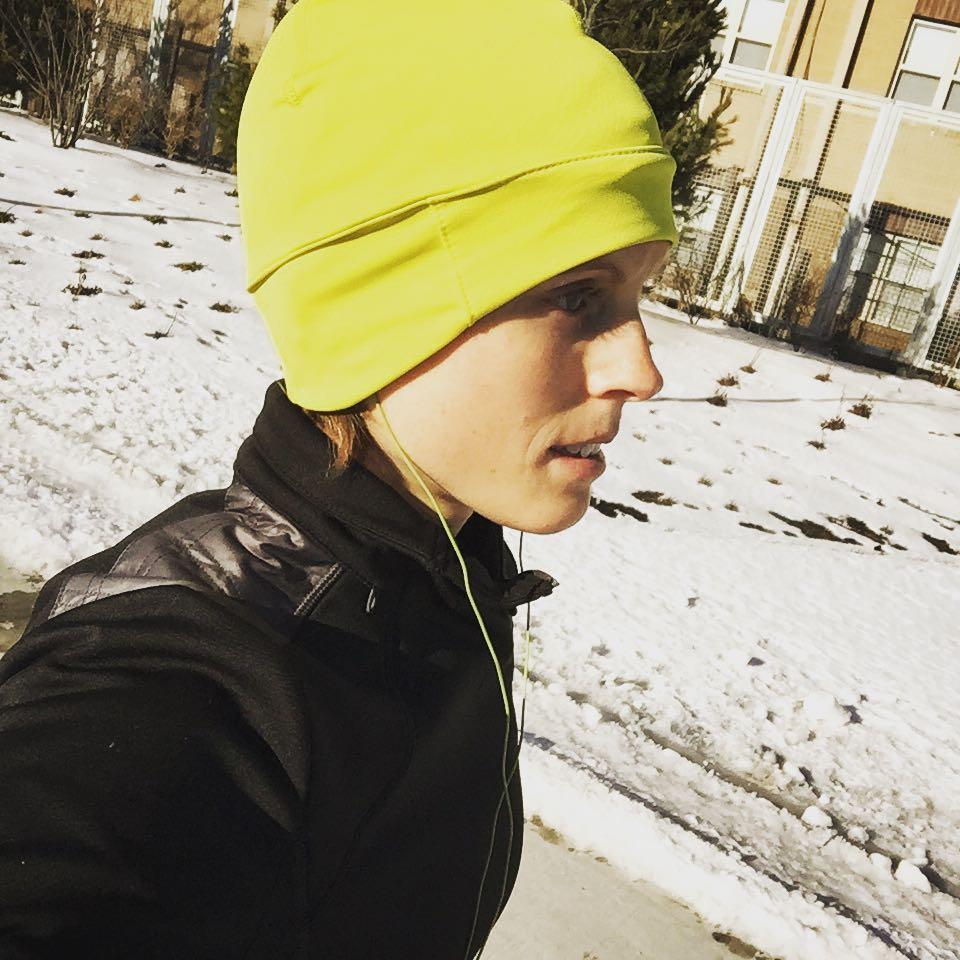
Heat
Slow Down
It takes roughly 2 weeks to acclimate to hot and humid temperatures, so be patient with your body as it adjusts. It can and will be frustrating to see slower times – especially on what are supposed to be easy runs – but your body needs time to, “learn to decrease your heart rate, decrease your core body temperature, and increase your sweat rate.” (Runnersworld.com)
If you’re training for a goal race, consider taking your speed work runs to the treadmill for cooler temps. For your long run, get out there early to avoid the hottest part of the day, and look at the weather for the week to see if there’s a cooler day you can fit it in. Training plans aren’t set in stone and running in better temps is worth the switch.
Hydrate Before, During, and After
Balanced electrolytes are imperative for a successful run. As Abby Housefield explains to Runnersconnect.net, “balanced electrolytes are necessary for your digestive, cardiac, muscular and nervous systems to function well.” You will lose a lot of electrolytes through sweat, so add a little something to that water you’re drinking. Staying hydrated will keep your fluids balanced and help your body stay cool. The problem with straight water, is that while it is quickly absorbed – sugary sports drinks have a longer absorption rate – you aren’t replacing all the electrolytes you lost. Adding a little sports drink to your water will help to quickly replace what you lost.
The Road Runners Club of America (RRCA) recommends the following general hydration strategy:
Before – 10-16 oz of fluid 1-2 hours before and 4-8oz right before you run
During – 4-8oz of water/sports drink every 15-20 minutes
After – 24oz of water/sports drink for every pound of bodyweight lost
Above all, do not rely on thirst. If you are thirsty you are already dehydrated. Drink throughout the day of a challenging run and keep a steady intake during, replenishing when you get back and you will be fine!
Slather that Sunscreen
You put sunscreen on when you’re at the pool without thinking, but when you head out for a 2 hour long run you somehow neglect this important step. Often it’s because you’re heading out before the sun is even up! Make sunscreen part of your pre-run routine; headphones, Garmin, dynamic stretching, sunscreen. Definitely get your face, but don’t forget your ears, hair part (if you’ve ever burnt this you know why!) and calves.
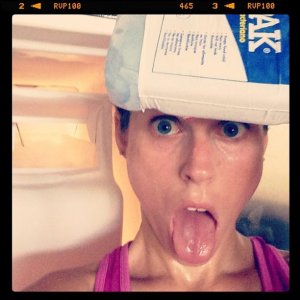
Keep in mind that anything can happen on race day. The more comfortable you are running in bad weather, the less anxious you’ll be if the forecast doesn’t look ideal. Plus, running through a downpour makes you feel like a badass!
Latest Articles
 Is Running on a Treadmill Easier Than Running Outside?Runners have their own preferences, whether it is treadmill running, running outside on the road, or exploring trails. So...
Is Running on a Treadmill Easier Than Running Outside?Runners have their own preferences, whether it is treadmill running, running outside on the road, or exploring trails. So... Is It OK to Use Trail Running Shoes on the Road?While trail running shoes can be used on roads, especially in situations where a runner encounters mixed terrains or pref...
Is It OK to Use Trail Running Shoes on the Road?While trail running shoes can be used on roads, especially in situations where a runner encounters mixed terrains or pref... How to Fix Sore Quads After Running?Rest, ice, gentle stretching, and over-the-counter pain relievers can help soothe sore quads after running. Also, ensure ...
How to Fix Sore Quads After Running?Rest, ice, gentle stretching, and over-the-counter pain relievers can help soothe sore quads after running. Also, ensure ... 10 Fruits With The Most Electrolytes to Replace Sports DrinksThese fruits are high in electrolytes such as potassium, magnesium, and calcium, essential for hydration, muscle function...
10 Fruits With The Most Electrolytes to Replace Sports DrinksThese fruits are high in electrolytes such as potassium, magnesium, and calcium, essential for hydration, muscle function...

